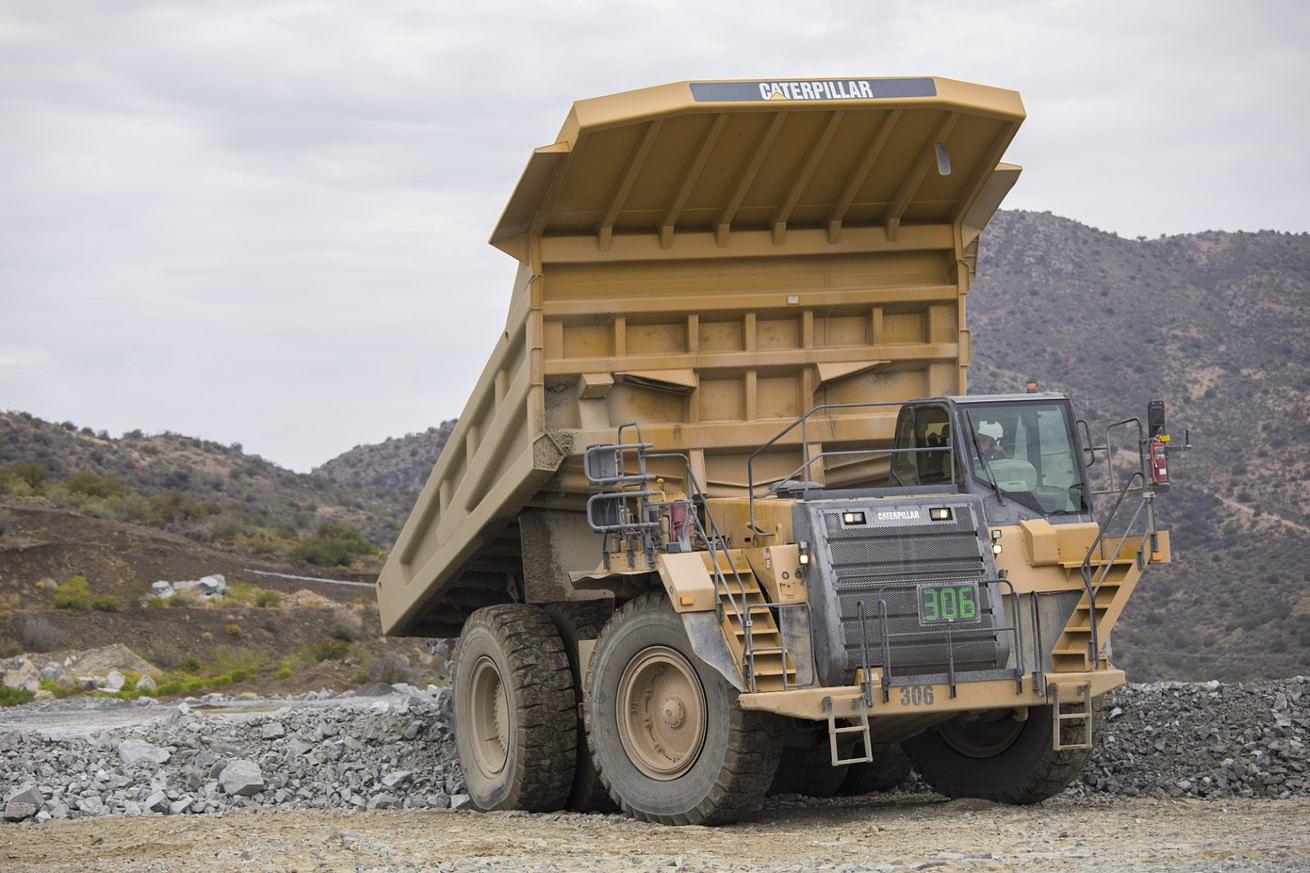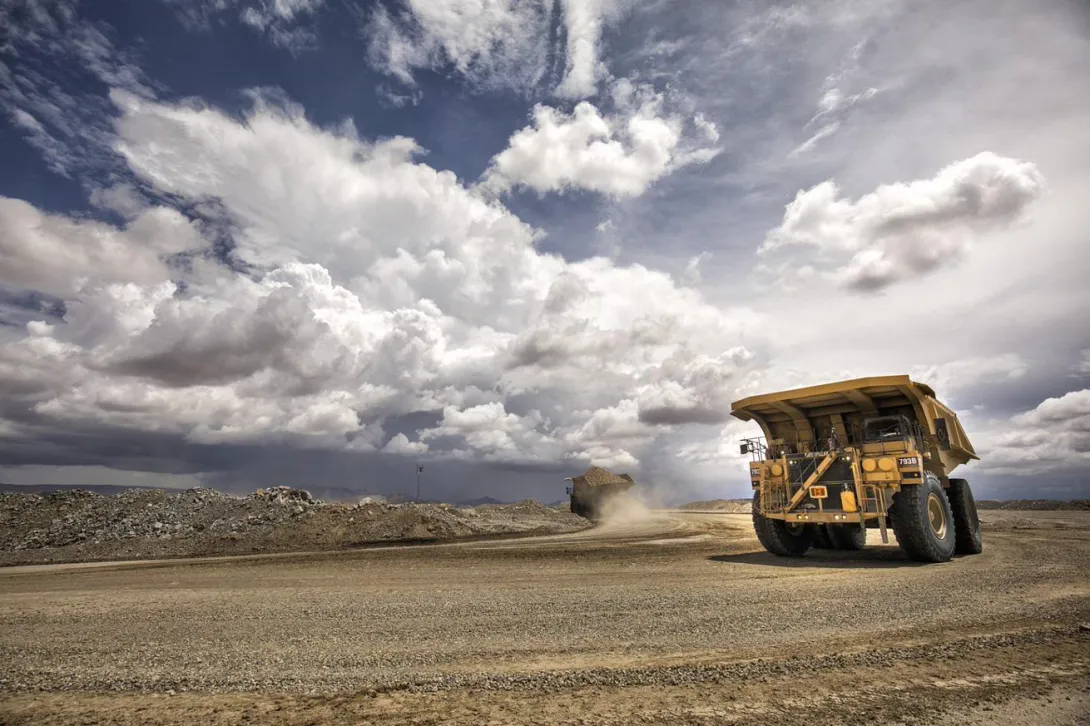Bagdad’s haul truck fleet will become fully autonomous over the next three years in a transformation intended to improve efficiency and safety while setting the company on a path to embrace future technologies, including electrification.
The changeover to self-driving trucks is being done for operational reasons, said Cory Stevens, President, Freeport-McMoRan Mining Services. It is not being done to eliminate haul truck driver positions, which remain in high demand and difficult to fill, he said.
According to the company’s roll-out plan, the first two years will be spent installing equipment and infrastructure, and training people to operate and service the new technology. In the third year, the automated haul trucks will come online, in small groups at first but eventually 31 of the entire fleet of 34 trucks will be self-driving. With the conversion to autonomous and the subsequent benefit of increased utilization, Bagdad will require only 31 converted trucks.
Existing haul truck drivers will have the ability to move into other positions at Bagdad or train for jobs needed to operate and maintain the autonomous technology, Stevens said. Those who wish to continue driving trucks will have the option of transferring to another site.
“The autonomous route has evolved to a point where this has some definite value aspects that we want to pursue, but we are being very cognizant of the labor implications on this,” Stevens said. “We believe this is an opportunity to make the mine more competitive and allow for those people who are truck drivers today to evolve and be upskilled into different positions needed within our organization.
“We’ve got more than enough work to go around for everybody,” Stevens added. “During the transition we’re also going to be very purposeful on how we upskill, redeploy and utilize our most precious resource which is the employees that work at the site.”
 Haul trucks in Bagdad will be converted to autonomous driving vehicles under a three-year transition that will help the company adopt electrification in the future.Positioning for the future
Haul trucks in Bagdad will be converted to autonomous driving vehicles under a three-year transition that will help the company adopt electrification in the future.Positioning for the future
The company’s move toward autonomous trucks began about three years ago in discussions with representatives of Caterpillar and Komatsu, who said the technology will be essential to operate electric haul trucks in the future, said Trevor Lewis, General Manager-Sustainable Mining.
The energy management systems on trucks powered by batteries or some sort of trolly assist system will be so complex and precise that human drivers would not be able to operate them to maximum efficiency. Electric haul trucks will be critical technology in the future, as the company looks to reduce fuel consumption and cut greenhouse gas emissions.
Full electrification of haul trucks on a large scale still is years in the future, Lewis said. However, autonomous haul truck technology is well established, and is being used in other countries, notably at remote mines in Australia.
Rather than waiting for all of the technology to be developed and attempting to embrace it all at once, the decision was made to begin transitioning Bagdad now, Lewis said.
“We don’t want to be in a situation where we are introducing a battery-operated haul truck, a trolly and an autonomous haul truck all at the same time and trying to figure out how we’re going to make all that work at once,” Lewis said. “We very much look at it as an opportunity to take baby steps into the arena before we get these zero-emission battery-operated haul trucks. It makes sense to start learning about autonomous and how to leverage that technology before we get the battery-operated haul trucks.”
There also are more immediate benefits. Automated trucks will operate at ideal speeds and peak efficiency. They do not get fatigued or have to stop for breaks. The result is less idle time, less fuel consumed and reduced greenhouse gas emissions. Taking drivers out of the trucks also will improve safety, as haul trucks represent the greatest risk to employees.
Bagdad size is just right
Bagdad is the ideal site for the initial conversion, Lewis said. With 34 haul trucks, the moderately-sized site is big enough to obtain operational efficiencies to offset the infrastructure costs, yet not so big as to be overly complex. The company has only about 133 of the Caterpillar 793-D haul trucks that can be retrofitted with the equipment needed to make them autonomous. The rest, about two-thirds of the fleet of 793s, are older B and C models. Those are not compatible with the self-driving technology, though the company is working with outside vendors to develop a conversion kit. That limits the ability to expand the autonomous system beyond Bagdad for now.
Bagdad’s relative isolation and limited housing have made it difficult to hire and retain haul truck drivers, a problem that will only get worse with plans to double production at the site in the future, Lewis said. The autonomous system will be able to expand as the site grows.
While haul truck driver positions in Bagdad will be eliminated at the end of three years when the site is fully autonomous, the skills of those drivers will be needed during the transition and after automation is fully in place, said Jeff Monteith, General Manager-Bagdad.
“This is a great opportunity for Bagdad to lead the innovation charge on the path to autonomous haulage,” Monteith said. “The road to converting our haulage fleet is a lengthy one, and one that will require the support of the entire mine division, and especially our haul truck operators. As we transition, our operators will have the opportunity to move into different roles as they continue their careers at Bagdad and with Freeport.”
